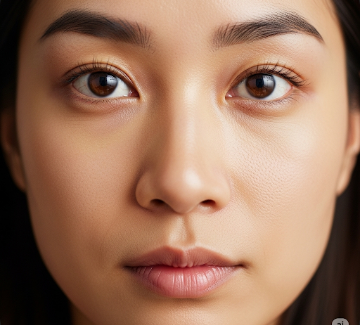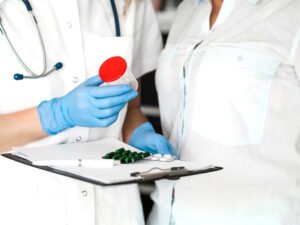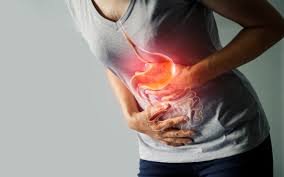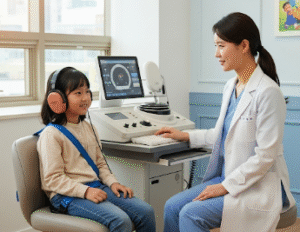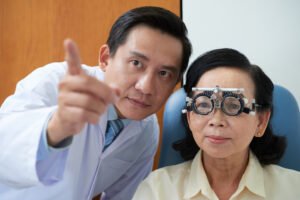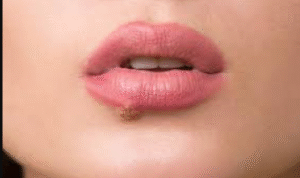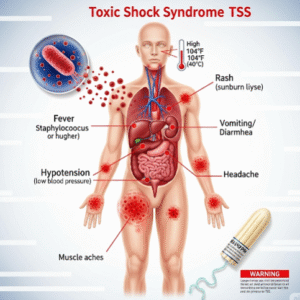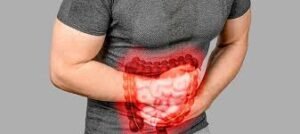Overview
Madarosis refers to the partial or complete loss of eyelashes or eyebrows. While often overlooked as a purely cosmetic concern, madarosis can signal deeper health issues, ranging from dermatological conditions to systemic diseases. It can affect one or both sides of the face and may progress gradually or suddenly. In some cases, the condition is temporary and reversible, but in others, it may result in permanent hair loss if the underlying cause is not addressed.
In Korea, dermatology and ophthalmology specialists frequently encounter madarosis and provide highly advanced diagnostic and treatment options. Thanks to state-of-the-art clinics, patients can access specialized therapies including dermatological care, trichology (hair science), and reconstructive options for aesthetic restoration.
Key Facts
➤ Madarosis is the medical term for loss of eyelashes or eyebrows.
➤ It may result from dermatological, infectious, autoimmune, or systemic conditions.
➤ Both partial and complete forms exist, and it can be temporary or permanent.
➤ Common causes include alopecia areata, hypothyroidism, infections, trauma, or nutritional deficiencies.
➤ Treatments in Korea include medical therapies, nutritional management, cosmetic reconstruction, and surgical interventions such as hair transplantation.
What is Madarosis?
Madarosis is a visible symptom rather than a disease itself. It involves thinning or complete loss of the eyelashes and/or eyebrows. Depending on the cause, madarosis can present with other symptoms such as redness, scaling, itching, or scarring of the eyelid margin or brow area. The condition can affect people of any age, but risk increases with certain autoimmune and dermatological disorders.
What Symptoms are Related to Madarosis?
Patients experiencing madarosis often report additional signs and associated symptoms:
➤ Redness or inflammation around the eyelids.
➤ Itching or irritation of the affected area.
➤ Dry or scaly skin near the eyebrows or eyelash line.
➤ Brittle hair in the surrounding scalp region.
➤ Associated systemic symptoms such as fatigue, weight changes, or hormonal imbalances if caused by endocrine disorders.
What Causes / Possible Causes of Madarosis?
Madarosis can develop due to multiple underlying reasons.
Dermatological causes:
➤ Alopecia areata (autoimmune hair loss).
➤ Atopic dermatitis or eczema.
➤ Psoriasis.
➤ Chronic blepharitis (eyelid inflammation).
Infectious causes:
➤ Bacterial or viral infections affecting eyelid margins.
➤ Leprosy (historically a major cause).
➤ Fungal infections.
Systemic causes:
➤ Hypothyroidism or hyperthyroidism.
➤ Nutritional deficiencies (zinc, iron, biotin, protein).
➤ Autoimmune conditions such as lupus.
Traumatic and external causes:
➤ Excessive plucking, threading, or waxing.
➤ Burns or scarring injuries.
➤ Long-term use of harsh cosmetics.
When Should I See My Doctor?
You should seek medical evaluation if:
➤ The eyebrow or eyelash loss is sudden or unexplained.
➤ You notice accompanying redness, pain, or discharge around the eyelids.
➤ Madarosis is associated with systemic symptoms like fatigue, weight loss, or skin rashes.
➤ Hair does not regrow within several weeks despite proper care.
➤ You suspect an underlying condition such as thyroid disease, autoimmune disorder, or infection.
Early diagnosis helps treat reversible causes and prevents permanent follicle damage.
Care and Treatment
Care for madarosis depends on the identified cause:
➤ Medical management: Treating thyroid disease, correcting nutritional deficiencies, or controlling autoimmune conditions.
➤ Topical therapies: Corticosteroids, immunomodulators, or minoxidil in select cases.
➤ Infection treatment: Antibiotics or antifungal medications for infectious causes.
➤ Lifestyle modifications: Reducing cosmetic trauma, ensuring gentle skin care, and maintaining a balanced diet.
➤ Cosmetic solutions: Eyebrow pencils, tattooing (microblading), and false eyelashes.
Treatment Options in Korea
Korea offers cutting-edge approaches for madarosis management due to its advanced medical infrastructure and global reputation in dermatology, trichology, and cosmetic medicine.
Diagnosis:
➤ Comprehensive dermatological and ophthalmological evaluation.
➤ Blood tests for thyroid, autoimmune markers, and nutritional deficiencies.
➤ Trichoscopy (microscopic hair analysis).
Medical Treatments:
➤ Prescription topical or oral medications tailored to the underlying cause.
➤ Hormone replacement therapy in thyroid-related cases.
➤ Immunotherapy for autoimmune-related madarosis.
Cosmetic & Surgical Therapies:
➤ Eyebrow microblading or tattooing for aesthetic restoration.
➤ Eyelash or eyebrow hair transplantation performed by skilled Korean surgeons.
➤ Advanced regenerative medicine including stem-cell therapy for hair follicle stimulation.
Rehabilitation and Support:
➤ Psychological support for patients struggling with the cosmetic impact.
➤ Dermatology clinics offering long-term follow-up to prevent recurrence.

